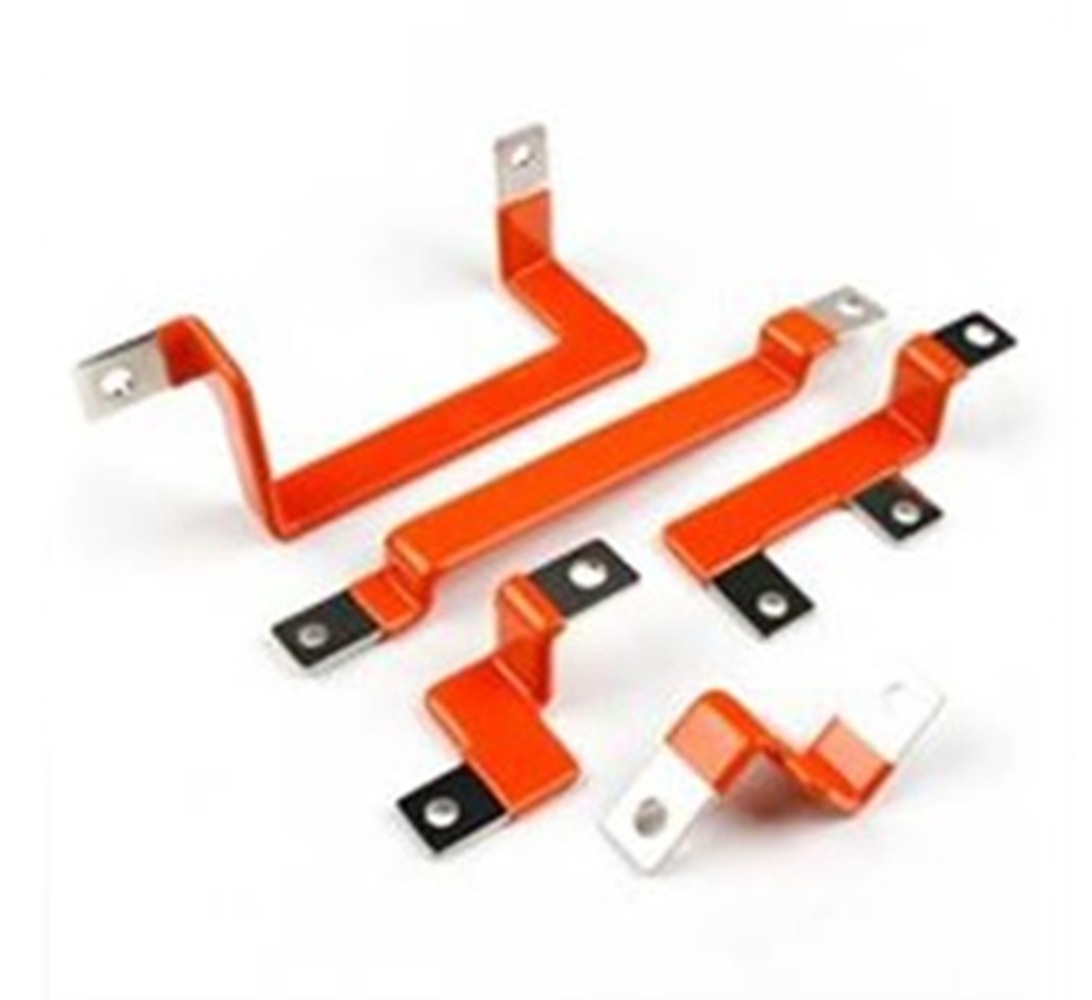
The global market for rheumatoid arthritis treatments is expected to grow at a CAGR of...
Learn More
Our consulting solutions address company specific challenges with respect to micro environment...
Learn More
Organizations frequently need day-today research guidancein order to gain strategic...
Learn More
Exploring different areas of market research and market analysis is a key factor...
Learn MoreAcute Market Reports presents the most extensive global business research services across industries. Our research studies focus on potential outcomes, benefits, and risks associated with each market segment across geographies. Having served our global clients for more than 10 years, our prime priority is to enable our clients in making well-informed business decisions through a data-driven, analytical, and uncomplicated research approach.
We provide access to the world's most comprehensive, analytical, and updated business intelligence services and solutions.




The blood culture test market is a critical component of the medical diagnostics industry, playing a pivotal role in diagnosing various infections. The blood culture test market is expected to grow at a CAGR of 12.5% during the forecast period of 202...
Read More
The desktop 3D printing market, a cornerstone of the additive manufacturing landscape, has experienced significant growth and transformation. The desktop 3D printing market is expected to grow at a CAGR of 23.8% during the forecast period of 2025 to ...
Read More
The electric vehicle busbar market is expected to grow at a CAGR of 22.1% during the forecast period of 2025 to 2033, driven by government initiatives, technological advancements, and increasing demand for electric buses and commercial vehicles. Whil...
Read More




